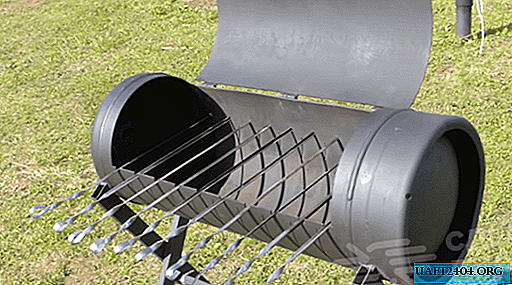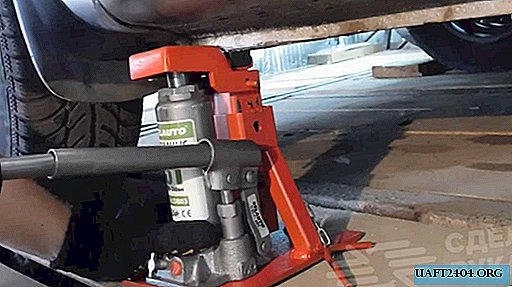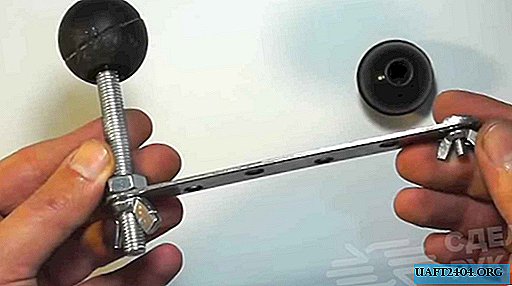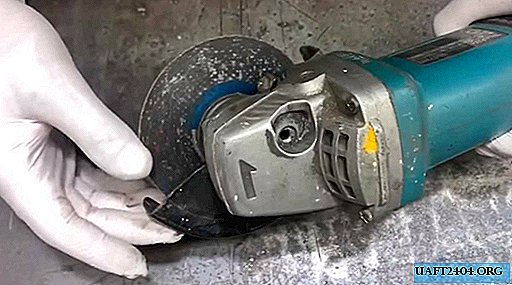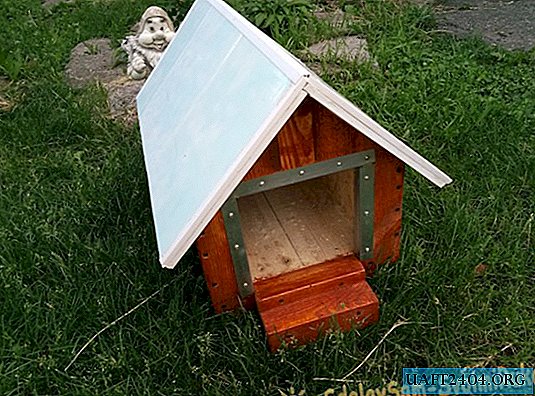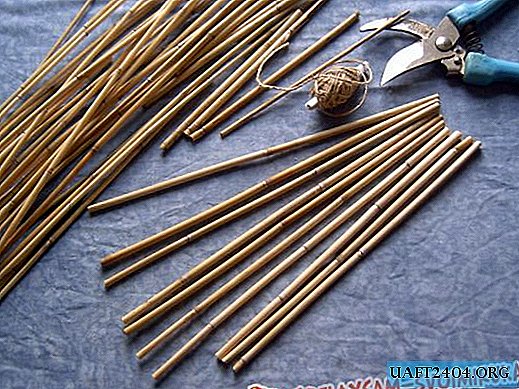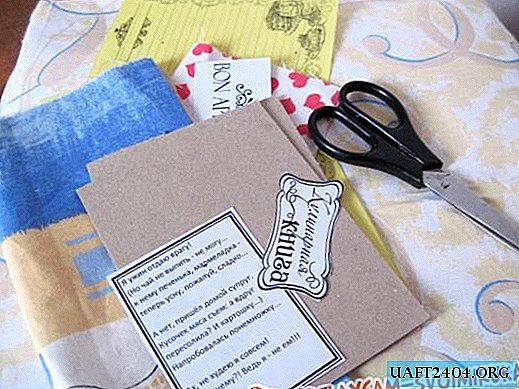Share
Pin
Tweet
Send
Share
Send
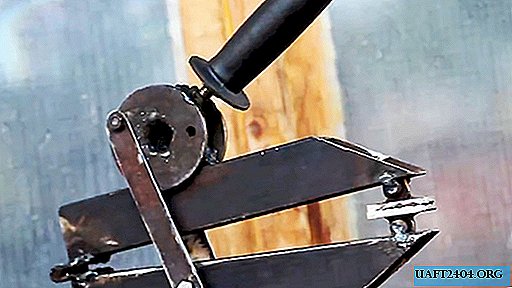
Materials:
- profile pipe 30x20 mm or more;
- strong laid on furniture loop;
- a protective plate with a core removed from the magnet of an acoustic speaker;
- bearing;
- a sleeve for joining the core of the speaker plate and the inner race of the bearing;
- sheet steel 2-4 mm;
- handle from grinder or drill.
Clamp making
For the manufacture of clamp arms, a profile pipe is used. 2 identical workpieces of convenient length are cut from it. One edge of each trim needs to be cut at 45 degrees.

A furniture loop is welded onto the shoulders from the side of the flat butt.

A hole is made in the core plate removed from the sound speaker magnet. A sleeve is placed on the core and the bearing is stuffed.

A plate corresponding to the diameter of the core plate is cut out from sheet steel. A hole is made in it opposite the hole on the speaker plate. The washer is welded to the sleeve. You also need to weld the sleeve and core from the inside. The result is a powerful coil.


The coil is exposed in the middle of the clamp arm and welded to it. You need to cook the upper bearing race.

2 rods are cut from sheet steel.

They should connect the holes on the coil, turned to the highest point relative to the clamp, and the holes in its lower shoulder. Bolts are used as axles of rotation for rods.


Now, with the rotation of the coil, the shoulders of the clamp are unclenched and compressed. Putting them together you need to weld a washer with a nut in the front of the coil to put a handle on it from the grinder or drill.



To make clamp sponges, you need to cut 2 squares of 30x30 mm.

They are welded to the turned nuts screwed onto the trimmings of the studs or bolts.

In the ends of the clamp cut off at 45 degrees, holes of large diameter are drilled. The axis of the jaws is welded to the shoulders. Thanks to the holes, they are not clamped and can be rotated. A notch is cut on the lips.

The clamp is ready. Thanks to the special clamping mechanism, it compresses the workpiece almost like a vice, while doing this in one movement of the handle, which takes seconds.


Share
Pin
Tweet
Send
Share
Send

